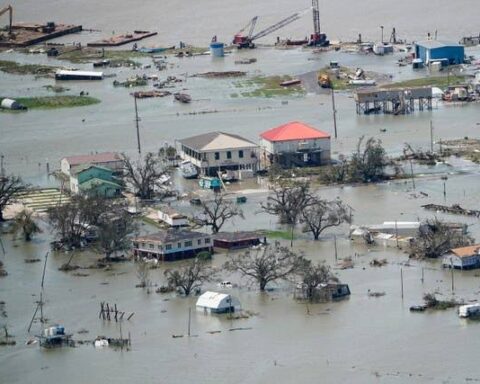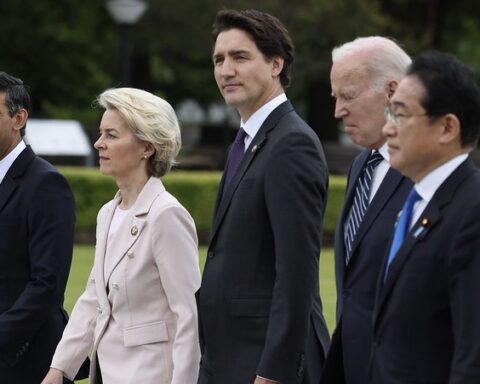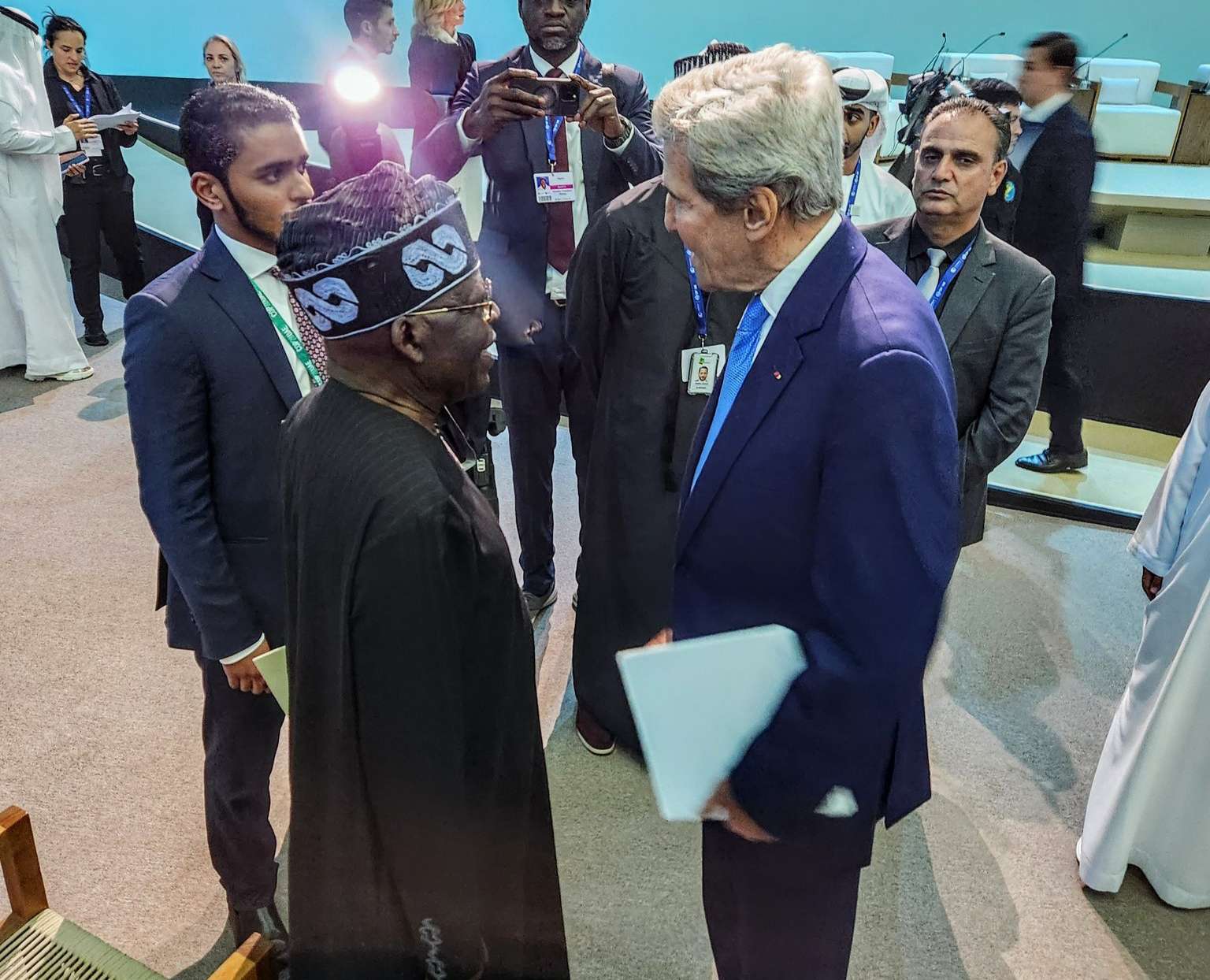More than 97,000 participants have badges to attend this year’s Conference of the Parties (COP) in Dubai, making it potentially the largest in COP history by some distance.
This is almost twice the number that travelled to Sharm El-Sheikh in Egypt for COP27 last year, the previous largest in an almost 30-year history of summits.
For the first time in COP history, every single delegate has been named in the participant lists (not including support staff).
Previous COPs have typically seen thousands of “overflow” participants in which countries and UN agencies could nominate delegates without their names appearing on their official lists.
Also named this year are “host country guests” – those receiving badges as guests of the UAE.
Recipients include former UK prime ministers Boris Johnson and Tony Blair, Microsoft co-founder Bill Gates, CEO and chairman of French energy giant EDF Luc Rémont and NATO secretary general Jens Stoltenberg.
This year, also for the first time, 3,000 “virtual-only” participants are named, which takes the overall provisional delegate total for COP28 to more than 100,000.
Unsurprisingly, the UAE has the largest-ever registered delegation of any country, with 4,409 badges. This is followed by Brazil with 3,081 and then China and Nigeria, who have both issued 1,411 badges.
For the first time in COP history, the participant lists have been published by the United Nations Framework Convention on Climate Change (UNFCCC) in spreadsheet format, rather than as pdf documents. (A summary pdf file of the overall participant totals has also now been published.)
The provisional total for COP28 suggests that 97,372 delegates have registered to attend the summit in person. With a further 3,074 attending virtually, this takes the overall total to 100,446.
As the chart below shows, this comfortably makes the Dubai event the largest COP in history. For comparison, the first climate COP – held in Berlin in 1995 – had 3,969 delegates.
Last year’s COP in Sharm El-Sheikh received almost 50,000 delegates, which put it some distance ahead of the 38,000 that attended COP26 in Glasgow in 2021. It highlights a trend of increasing participation at climate COPs following a dip in attendance after the peak of COP21 in Paris in 2015.
As usual, the lists are divided between the different types of groups and organisations attending the summit. The largest group at COP28 is for delegates representing parties. These are nation states, plus the European Union, that have ratified the convention and play a full part in negotiations. This group adds up to 24,488 delegates – more than double the number at COP27 last year.
Unusually, the participant lists for this year also name the “overflow” badges that have been given out. For the UK delegation, examples include 21 members of Prime Minister Rishi Sunak’s press delegation, 16 members of King Charles’s royal household and 18 members of parliament.
For consistency with Carbon Brief’s analysis of previous COPs, the above chart includes this group separately, but the participant lists this year do divide the overflow delegates between groups. Including the overflow numbers takes the total for party representatives to 51,695 – by itself, more than the total number of delegates at any previous COP.
As at COP27, there are no longer any “observer” states now that the Holy See – the government of the Roman Catholic Church, which operates from Vatican City State and is led by the pope as the bishop of Rome – has become a full party to the Convention.
The next-largest group is that of observers from non-governmental organisations (NGOs), which totals 14,338 delegates – again, comfortably the largest for this group in COP history.
Along with the NGOs, there are several other groups that fall into the category of “observer organisations” – such as those participants representing UN bodies, intergovernmental organisations, other agencies and business representatives. These total 3,623 registered delegates – or 4,754 when overflow badges are included.
Finally, another record-breaking group is the number of media delegates – clocking in at 3,972. This total potentially tops the 3,712 media representatives at COP3 in Kyoto in 1997.
It should be noted that these are provisional figures, based on the delegates that have registered for the summit. The UNFCCC will release the final figures – based on participants collecting a physical badge at the venue – after the summit has closed.
By Dare Akogun
Source:carbon brief








